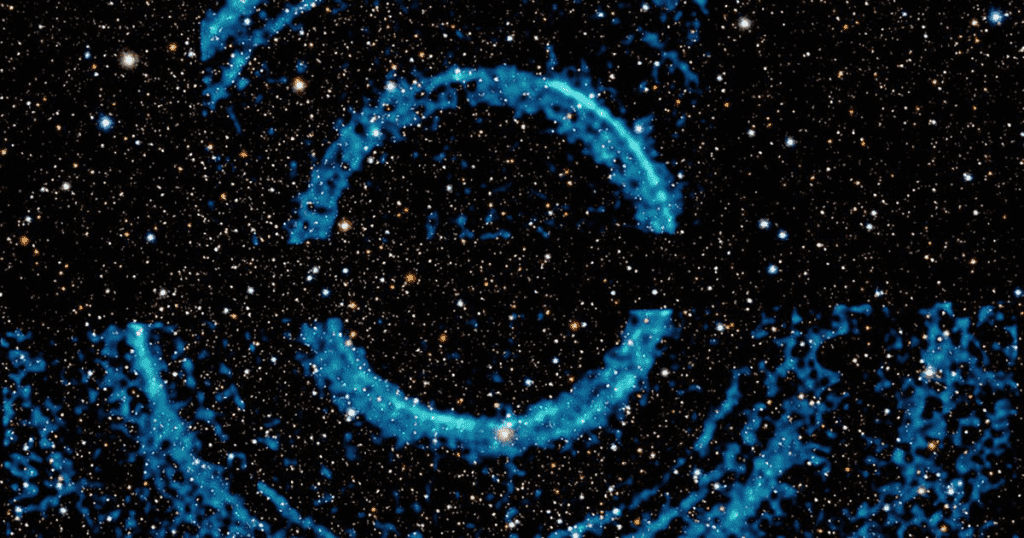Earlier in May, during black hole week, NASA released an eerie sound clip of a black hole showing that space makes a lot of noise, depending on where you look, and how you process it.
The clip carries the sounds of a massive black hole located more than 200 million light-years away from Earth in the Perseus galaxy cluster.
The Perseus galaxy cluster is an 11 million-light-year-wide grouping of galaxies packed in hot gas. Those clouds of hot gas are where these sound waves shared in a clip by NASA come from. Scientists discovered that pressure waves come from Perseus’ interior. These waves ripple through the hot gas surrounding the galaxy cluster and can be translated into sound.
Space, unlike Earth, does not have air particles to carry sound vibrations. However, it doesn’t mean that vibrations aren’t there.
In the case of Perseus’ black hole, the cosmic giant is so close to the cluster’s gas clouds that it can create sound wave vibrations in the form of gas ripples. In 2003, a team of astronomers from NASA’s Chandra X-ray Observatory took astronomical data of these ripples and translated them into sounds. Unfortunately, those sounds were a massive 57 octaves below middle C, meaning they couldn’t be heard by human ears.
To make the sounds audible for humans, NASA scaled the sound data up by 57 and 58 octaves so we can all listen to the massive black hole at the center of the Perseus galaxy cluster. In a blog post, NASA wrote that the sound waves “are being heard 144 quadrillion and 288 quadrillion times higher than their original frequency.”

Earlier this year, a separate team of researchers also used a new tool called the “Reverberation Machine” to make their own black hole sound clip. They stated that black hole echoes in data from NICER, a telescope aboard the International Space Station, and converted them into sound waves for another eerie sample that could’ve come out of a classic prog rock tune.


